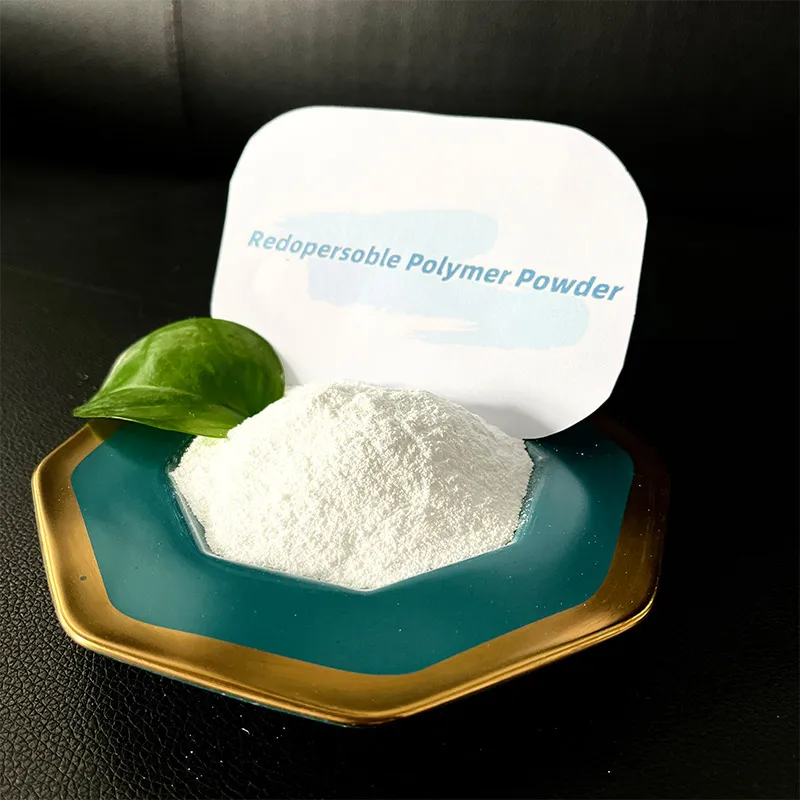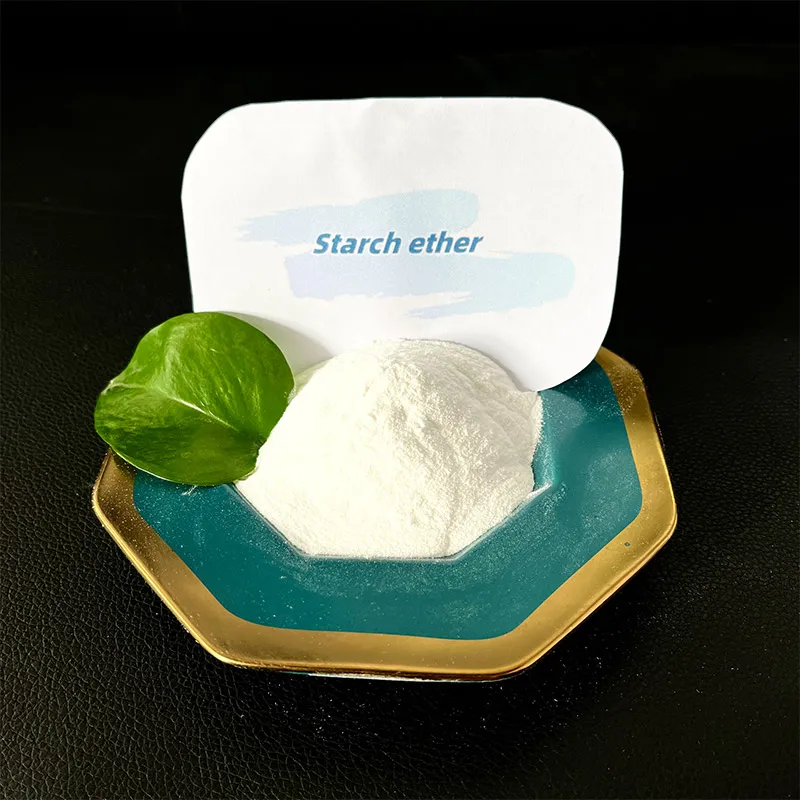
-

Add: HeBei ShengShi HongBang Cellulose Technology CO.,LTD.
-

Email
13180486930@163.com -

CONTACT US
+86 13180486930

Starch ether
Jan . 20, 2025 12:53
Back to list
Starch ether
Hydroxypropyl methylcellulose (HPMC) 15, renowned for its multifunctional properties, stands at the forefront of diverse industrial applications, driven by its adaptability and effectiveness. This compound, primarily used as an excipient in the pharmaceutical industry, has continued to gain recognition for its versatility in additional sectors including construction, food, paint, and personal care. Delving into the nuances of HPMC 15 not only reveals its practical benefits but also underscores its commercial significance anchored by scientific and user-backed data.
Meanwhile, the paint and coatings sector benefits significantly from HPMC 15's rheological properties. By controlling the viscosity of formulations, it contributes to uniform film formation and prevents sagging, ensuring aesthetic and functional integrity of surfaces. Expert formulators emphasize its contribution to the ease of application and enhanced spreadability, factors that stand crucial in large-scale painting projects and industrial coatings. Finally, personal care formulators leverage HPMC 15 as a reliable film former and thickener. In products ranging from shampoos to skin creams, it stabilizes formulations and imparts a pleasant sensorial experience without compromising on product efficacy. Dermatologists and cosmetic scientists advocate for its hypoallergenic profile and non-comedogenic properties, which safely accommodate diverse skin types and conditions, making it a trusted choice for health and wellness brands committed to safety and quality. In summary, HPMC 15 epitomizes a blend of scientific prowess and wide-ranging application potential, underscored by its unwavering performance across multiple industries. Its appeal is amplified by a strong safety profile and environmental compatibility, rendering it indispensable for products needing consistency, reliability, and efficacy. As the quest for superior materials advances, HPMC 15 stands out, not just as an additive but as a catalyst for innovation, ensuring products meet the evolving demands of modern consumers while aligning with ecological sustainability goals.


Meanwhile, the paint and coatings sector benefits significantly from HPMC 15's rheological properties. By controlling the viscosity of formulations, it contributes to uniform film formation and prevents sagging, ensuring aesthetic and functional integrity of surfaces. Expert formulators emphasize its contribution to the ease of application and enhanced spreadability, factors that stand crucial in large-scale painting projects and industrial coatings. Finally, personal care formulators leverage HPMC 15 as a reliable film former and thickener. In products ranging from shampoos to skin creams, it stabilizes formulations and imparts a pleasant sensorial experience without compromising on product efficacy. Dermatologists and cosmetic scientists advocate for its hypoallergenic profile and non-comedogenic properties, which safely accommodate diverse skin types and conditions, making it a trusted choice for health and wellness brands committed to safety and quality. In summary, HPMC 15 epitomizes a blend of scientific prowess and wide-ranging application potential, underscored by its unwavering performance across multiple industries. Its appeal is amplified by a strong safety profile and environmental compatibility, rendering it indispensable for products needing consistency, reliability, and efficacy. As the quest for superior materials advances, HPMC 15 stands out, not just as an additive but as a catalyst for innovation, ensuring products meet the evolving demands of modern consumers while aligning with ecological sustainability goals.
Prev:
Next:
Latest News
-
Ethyl Cellulose Powder as a Pharmaceutical BinderNewsJul.10,2025
-
Blending Fibre Natural and Synthetic for PerformanceNewsJul.10,2025
-
Starch Ether For Construction: The Advanced Mortar Additive RevolutionNewsJul.10,2025
-
MHEC Cellulose in Cement-Based Renders and PlastersNewsJul.10,2025
-
Micronized Rubber Powder Dispersion TechniquesNewsJul.10,2025
-
Impact of Cream of Tartar Plaster Retarder on Final StrengthNewsJul.10,2025
-
Rubber Powder Durability in ConstructionNewsJun.26,2025











